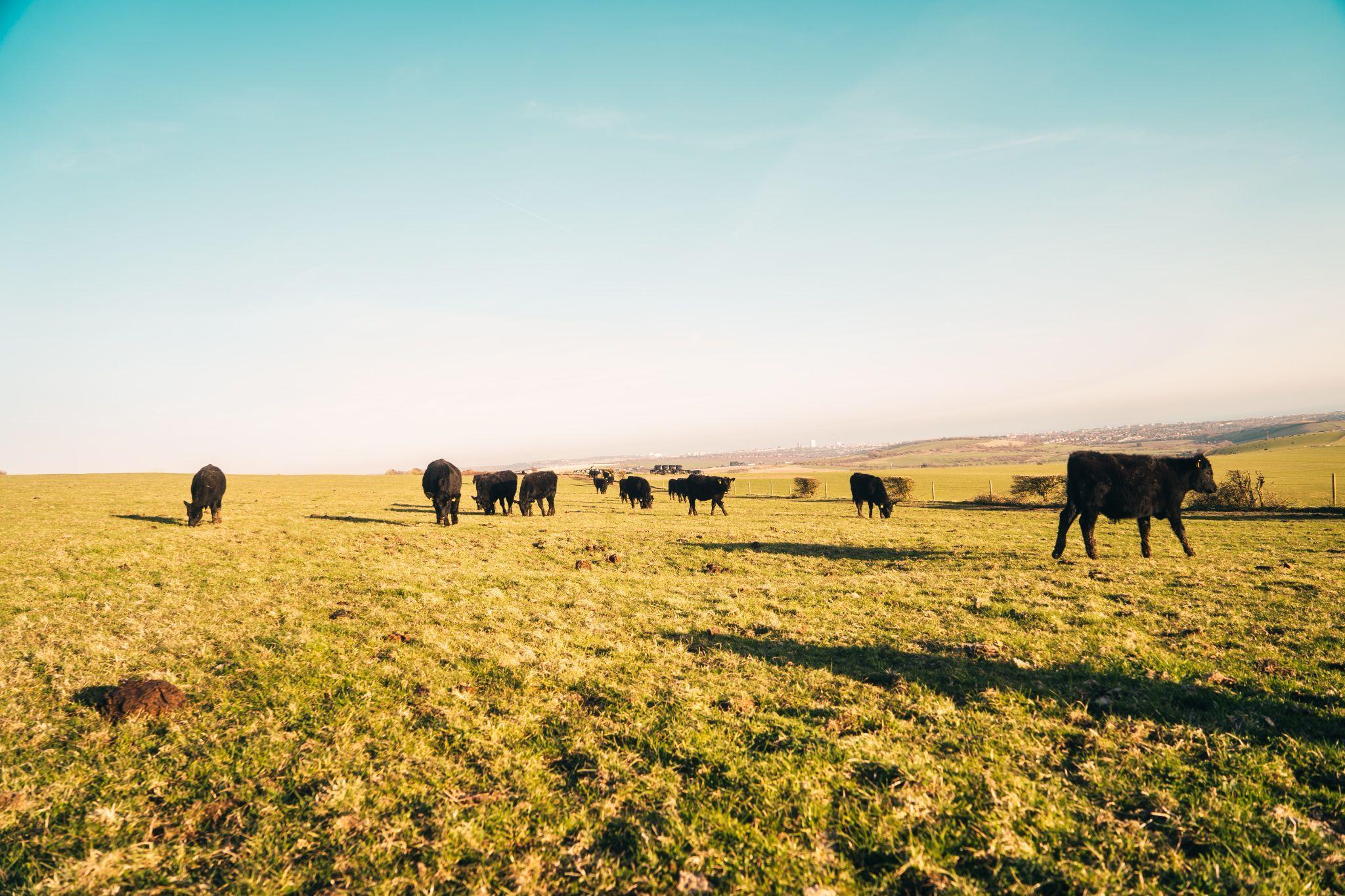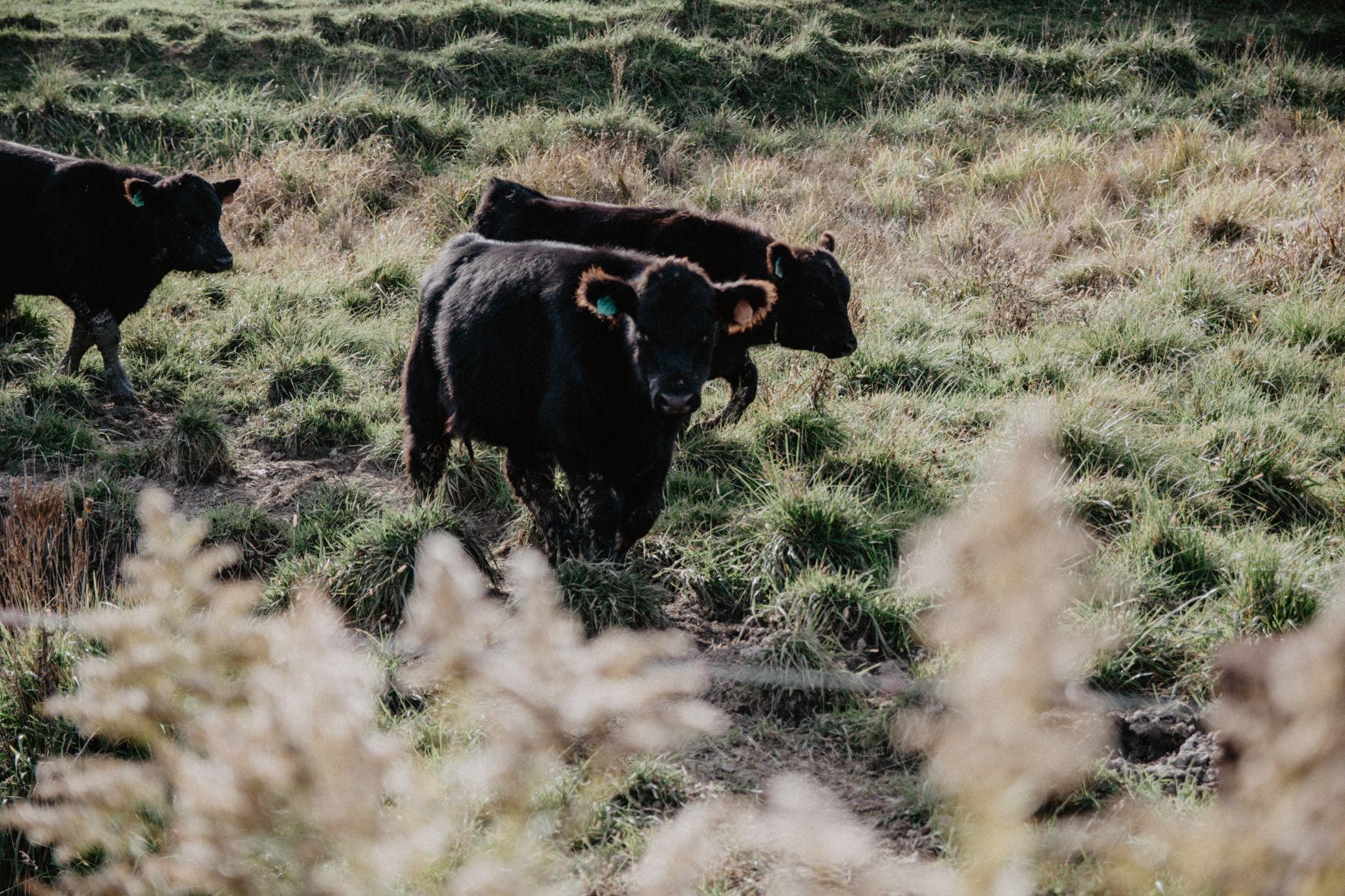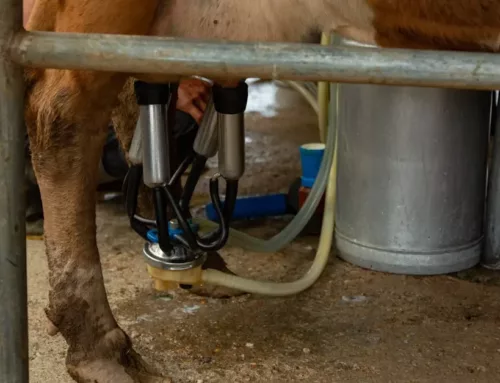Data-Driven Breeding Improves Animal Health, Welfare, and Food Safety

Data-driven breeding, which relates to data gathered from animals’ previous generations, is an advanced technique to manage animal health, welfare, and food safety. The process involves evaluating historical data from various eras to predict the maximum potential of future generations depending on parents’ performances.
Cattle producers can save time and resources by choosing animals with higher genetic capabilities as replacements. Data-driven breeding can significantly improve animal health, welfare, and food safety. Wondering how?
Find below the ways it improves and benefits animal well-being and food safety:
Benefits of Data-Driven Animal Breeding
Saves Animal Health Costs
Selecting replacement animals beforehand can save you money. When breeding animals, you should know which ones have good characteristics and which ones can stay healthy. Data-driven breeding helps identify these animals, ensuring you select them at the right time.
If a bull or cow has critical health issues, it might not be able to stay active for as long as an animal with fewer health issues. Thus, you may spend more on healthcare expenses as long as they live. When you select replacement animals earlier depending on herd management system-related data than usual based on their performance, like measuring feed intake, a data-driven breeding system can save substantial overall animal health costs.
Eliminates Errors in Animal Selection
Biases are systematic errors that can be in data collection and evaluation. They’re common in animal health, welfare, and food safety research, which display inaccurate results and incorrect conclusions.
Sampling errors, measurement errors, and human errors may cause such biases, because of which you may make bad decisions. In contrast, data-driven breeding eliminates bias and displays accurate results, which helps you to make the right decisions at the right time. Data-driven breeding programs help you select traits that ensure your animals will be fit and healthy throughout their lives instead of relying on biased human judgment.
Boosts Animal Health and Welfare
Choosing more docile animals depending on data from previous generations can boost animal well-being. This improves animal health and welfare, which adds safety to food relieving stress on the animal at slaughter.
Using data from temperament tests increases profits and improves animal welfare, reducing stress levels in every generation. The data also helps in enhancing productivity as you spend less time handling animals during routine management procedures such as vaccinations and deworming medications.
Reduces Carbon Footprints
Data-driven breeding helps in minimizing environmental impact and reducing carbon footprints.
Selecting replacement animals earlier diminishes animal health costs, which decreases the number of years you keep an animal on your ranch before selling or slaughtering them.

Promotes Food Safety
Food quality degrades because of the genes linked to harmful bacteria and potential contamination. Data-driven breeding helps identify those genes. The process involves using advanced genomic tools to detect illnesses, diseases, and conditions that may be linked to a specific breed of animal.
Such detection helps cattle producers and veterinarians to identify potential issues before they occur so you can take the proper steps to prevent their reoccurrence. Your actions will decrease the cost of curing these ailments and promote food safety for consumers reducing the chance of contamination during the transfer.
Increases Meat Yield
Data-driven breeding increases meat yield and decreases fat resources. The improved feed conversion and reduced fat resources help to increase productivity and save overall costs and time.
The better meat quality and less fat convert into higher-quality products that consumers want.
Maximizes Efficiency and Sustainability
Better nutrient utilization and higher conversion rates maximize feed efficiency and sustainability. You can also utilize data to boost overall feed efficiency. Take the amount of food consumed by your herd and divide it by the amount of weight gained by them to calculate feed efficiency. The calculation shows how much energy is required to make a pound of beef. The higher this ratio is, the more efficient your ranch is at transforming feeds into animal products, such as meat. Data-driven breeding accelerates the genetic gains in livestock to meet the changing consumer needs in response to market forces.
Meets Consumer Preferences
Data-driven breeding helps cattle producers match consumer preferences in response to market forces. For instance, the demand for grass-fed meat has increased sharply in recent years.
Consumers are now more interested in paying higher prices over grain-fed beef for this type of product. Producers can now use data-driven breeding programs to choose animals that produce healthier and flavorful meat with less fat content and animals whose offspring have a higher tolerance for pasture environments.
Accurate data helps producers to boost their productivity and stay competitive with other suppliers who are not using data-driven breeding programs or not using them optimally. Data breeding programs that use maximum genetic potential and characteristics to increase herd size, improve reproductive health, boost productivity, make more profits, and decrease mortality rates due to disease and infection.
The points above reflect that data-driven breeding programs can offer enormous benefits across many areas in the animal health and food industry, such as increased production, lesser costs, and improved sustainability. Data-driven breeding involves using various tools to select traits that boost animal health. Some tools used in data breeding are genetic markers for disease resistance or susceptibility, genotype information from sequencing technology (such as DNA sequencing), and trait selection software.
As technology is consistently evolving in today’s world, you need to stay updated with them. Data-driven breeding programs always help you to use data from previous generations to make better decisions about the future.
With this type of data-driven breeding, producers can make more intelligent choices of animals and maximize their efficiency in raising livestock and productivity rates throughout the entire supply chain. Harness the power of genetics using our AgBoost tool to make the right breeding decisions. Sign up for free to use our tool. Get in touch with us today.


